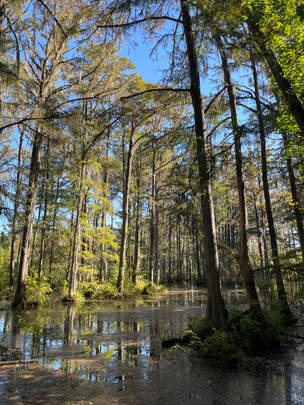 Photo by Alex LoCastro. Photo by Alex LoCastro. By Alex LoCastro, Conservation Program Coordinator Recent research has shown that the biggest drivers of native bird population decline in North America are habitat loss and habitat degradation. These dual forces have been responsible for staggering losses among many of our native bird species, and today our landscapes are home to nearly three billion fewer breeding birds than they were back in 1970. To help combat these losses, Georgia Audubon’s conservation team is focused on building and restoring as much native habitat as possible for the benefit of birds and other wildlife. Georgia Audubon’s Wildlife Sanctuary Program has been extremely successful, and we’re well on our way to building a network of certified native landscapes across the state, with the goal of re-establishing habitat connectivity in and around our increasingly urbanized and developed cities. In order to be certified, applicants must meet a series of environmental requirements and pass an assessment of the property carried out by our Avian Advocate volunteers. To date, the program has certified nearly 800 properties consisting of more than 29,000 acres, and we hope to continue growing the program across the state in years to come. One limitation of the Wildlife Sanctuary Program that has in some ways contributed to the success of the program is the in-depth, rigorous process required for certification. While it is entirely feasible for our volunteers to walk the entirety of a two-acre property in metro Atlanta and make detailed recommendations about how best to improve it, it would be nearly impossible, logistically-speaking, to do the same for a 200- or 2,000-acre property somewhere in rural Georgia. It’s true that even a small plot of native plants can make a huge difference to the wildlife in your local area, but, on a larger scale, it’s critically important to help protect and rehabilitate as much habitat as possible. We’ve determined that the best way to do that is by creating a new conservation program designed specifically for these larger properties. That program is the brand-new Georgia Audubon Habitat Stewardship Program. Unlike the Wildlife Sanctuary Program, this program is self-reporting in nature and will serve large properties of all kinds, from 10-acre, privately-owned homesteads and farms to multi-thousand-acre, publicly-owned Wildlife Management Areas and more. The goal is to enable property owners and managers to make improvements to their land for the benefit of native wildlife while also connecting them to educational resources, technical assistance programs, cost-sharing and revenue-generating programs, engagement and research opportunities, perks associated with Georgia Audubon membership, recognition as an official Habitat Steward in our program, and more. Our hope is that the program will further advance our own conservation goals while also supporting various partner organizations and providing tangible benefits to its applicants. If you own or manage a large property and wish to enter it into the Habitat Stewardship Program as a pilot property, we encourage you to fill out one of our preliminary applications located at www.georgiaaudubon.org/habitat-stewardship-program. Please fill out the short survey with basic information regarding your property and its use, and you will be entered into the pool of potential candidates. From there, additional information about the program and the next steps will be provided as they become available. Properties for this program will be considered only if they are more than 10 acres. All property types above this size are encouraged to apply to the program. Smaller spaces should consider applying for certification through the Georgia Audubon Wildlife Sanctuary Program. If you have any questions, please email Alex LoCastro, conservation program coordinator, at [email protected].
1 Comment
Dennis Clines
11/23/2022 09:05:34 am
Hi Alex, I previously submitted an application for my 17.51 acre property in Clarkesville, GA, and I know you have many applications to consider so I understand any delays responding. Just as a follow-up, in 2020, my property received "Gold Certified" Native Plant Habitat from Georgia Native Plant Society and I've hosted numerous native plant tours of my woodland garden areas the past couple of years.
Reply
Your comment will be posted after it is approved.
Leave a Reply. |
AuthorBirds Georgia is building places where birds and people thrive. Archives
July 2024
Categories |

 RSS Feed
RSS Feed

